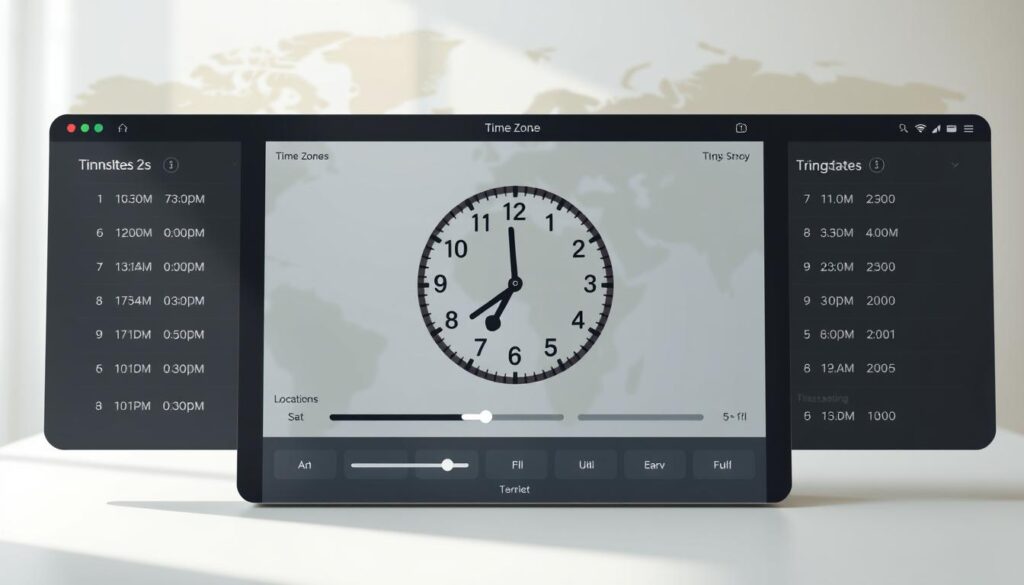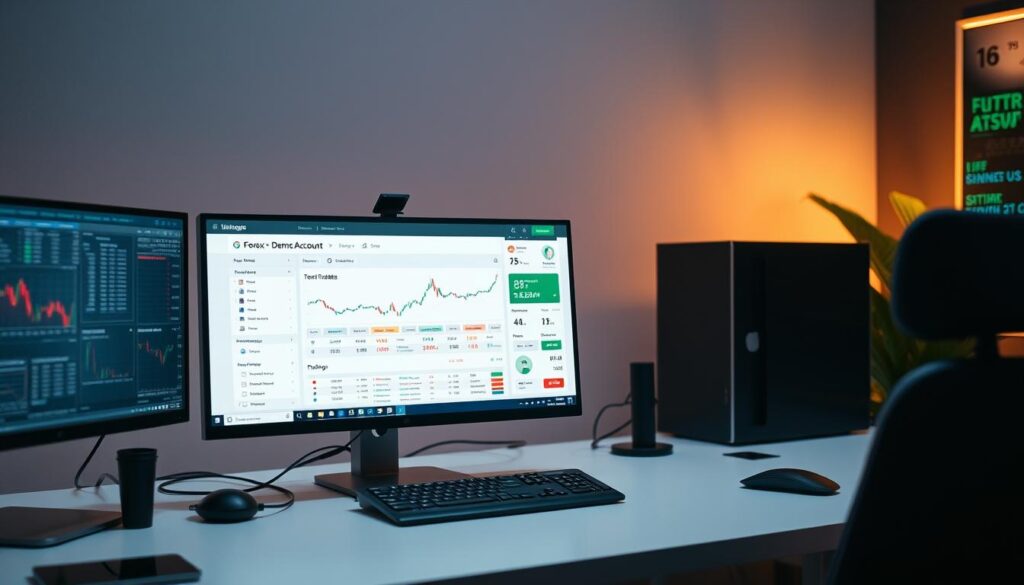The global currency market never sleeps during weekdays. Unlike traditional exchanges, it operates around the clock from Sunday evening to Friday afternoon Eastern Time. This non-stop structure allows participants worldwide to engage in transactions as major financial hubs open and close across time zones.
This decentralized network connects banks, corporations, and individual investors through electronic platforms. Activity levels fluctuate depending on which regional session dominates – Asian, European, or North American. Peak liquidity typically occurs when multiple sessions overlap, creating tighter spreads and faster execution.
Market dynamics change significantly throughout the day. Early birds might catch Asian session stability, while night owls could capitalize on volatile European openings. Understanding these patterns helps participants identify favorable conditions for their strategies.
The weekly cycle starts at 5:00 PM ET Sunday and concludes at the same time Friday. This schedule accommodates global business needs while allowing weekend breaks. As Friday winds down in New York, markets already prepare for Monday morning in Auckland.
Successful navigation of this environment requires awareness of session timings and their unique characteristics. Upcoming sections will explore how to leverage these rhythms for improved decision-making in currency markets.
Understanding the Global Forex Market Structure
Financial centers worldwide keep currency exchanges active through coordinated timing. Four primary hubs – Sydney, Tokyo, London, and New York – form the backbone of this system. Their staggered operating hours create a continuous flow of activity as one region’s workday ends and another begins.
The Role of Major Financial Centers
Each financial hub specializes in specific currency pairs. London dominates euro and pound transactions, while New York drives dollar-related activity. Tokyo and Sydney focus on Asian-Pacific currencies, reacting to regional economic data releases.
Market dynamics shift as these centers open. For example, European banks often set trends during London’s session. When New York joins hours later, combined participation amplifies price movements across major pairs.
How Market Hours Impact Trading Volume
Three factors determine activity levels:
- Local economic calendars driving regional participation
- Overlaps between multiple open sessions
- Currency pairs tied to active regions
Peak volume occurs when London and New York operate simultaneously. This overlap sees 40-70% higher liquidity compared to single-session periods. Reduced spreads during these windows allow precise entry/exit points for participants.
Quieter phases, like the Sydney-Tokyo handover, often show narrower price ranges. Savvy traders use these periods to analyze trends before major sessions begin.
Essential “forex trading hours” for Every Trader

Currency markets operate through distinct regional phases that shape global activity. These periods determine when specific currencies see heightened movement and liquidity. Recognizing these patterns helps participants align strategies with optimal conditions.
Overview of the Four Primary Sessions
The Sydney session kicks off weekly activity at 10:00 PM GMT. Focused on Australian and New Zealand dollars, it often establishes early trends. As Asian markets awaken, the Tokyo session (12:00 AM GMT) amplifies yen-related movements and regional economic responses.
Europe’s financial heartbeat arrives with the London session at 8:00 AM GMT. This window sees 40% of daily transactions, particularly in euro and pound sterling pairs. When New York joins at 1:00 PM GMT, transatlantic participation drives dollar volatility until 10:00 PM GMT closures.
How Market Windows Differ Globally
Regional time zones create varied opportunities. A trader in Singapore experiences peak London activity during late afternoon, while a Brazilian participant catches New York’s opening at midday local time. Key overlaps occur when:
- Europe and America collaborate (1:00 PM – 5:00 PM GMT)
- Asia-Pacific markets hand off to Europe (7:00 AM – 8:00 AM GMT)
These junctions often produce sharper price swings. Pairs like EUR/USD thrive during transatlantic overlaps, while AUD/JPY reacts strongly to Sydney-Tokyo handovers. Understanding these rhythms helps identify strategic entry points.
Decoding Session Overlaps and Peak Trading Periods

Market overlaps create windows of amplified opportunity in currency markets. When major financial hubs operate simultaneously, their combined participation reshapes price action and execution quality. These periods often determine daily highs and lows across popular pairs.
London and New York: The Most Active Overlap
The 1:00 PM to 5:00 PM GMT window sees London and New York sessions collide. This four-hour stretch handles over 50% of daily transactions across major pairs. EUR/USD and GBP/USD typically show heightened volatility as European and American institutions exchange positions.
Three factors make this overlap critical:
- Combined liquidity from two largest financial centers
- Synchronized reaction to economic data releases
- Institutional order flow driving momentum
Spreads often narrow to 0.5-1 pip during this period, enabling precise entries. The heightened activity also increases the likelihood of sustained trends compared to quieter sessions.
Sydney and Tokyo: Early Morning Market Dynamics
Asia’s primary overlap runs from midnight to 7:00 AM GMT. While less volatile than transatlantic hours, this window sets the tone for JPY and AUD pairs. Regional banks and exporters dominate activity, reacting to overnight news and commodity price shifts.
Key characteristics include:
- Gradual price movements favoring range strategies
- Strong correlation with gold prices (AUD pairs)
- Technical setups from previous sessions being tested
Though volume remains lower than European hours, institutional players often position during these hours before London opens. This creates strategic opportunities for alert participants.
Utilizing Time Zone Converters and Trading Tools

Navigating global markets requires precise timing across continents. Specialized tools bridge geographical gaps, letting participants track activity windows in their local time. These solutions transform complex session schedules into actionable insights.
How to Use Market Time Zone Converters Effectively
Modern converters display open sessions using real-time location data. Follow these steps:
- Set your device’s clock to auto-update for accuracy
- Bookmark reliable converters showing all major hubs
- Enable alerts for session overlaps and economic events
Focus on Tokyo-London-New York overlaps for maximum liquidity. Converters help spot these windows even with daylight saving changes. For example, London’s 8:00 AM GMT start shifts to 9:00 AM BST in summer – tools adjust automatically.
Adapting Approaches to Local Schedules
Early risers might target Asian session closes, while night owls catch New York’s final hours. Consider:
- Matching strategy types to available sessions
- Automating orders during sleeping hours
- Prioritizing weekends for strategy reviews
A trader in Dubai could structure mornings around Europe’s openings. Meanwhile, someone in Mexico City might focus on afternoon overlaps. Smart planning turns time differences into advantages rather than obstacles.
Managing Risk and Market Volatility in Forex Trading

Currency markets present unique challenges during quiet and active periods. Savvy participants adapt their approaches to handle price gaps and sudden movements. Effective strategies balance opportunity capture with exposure control.
Handling Quiet Market Phases
The daily gap between New York’s closure (10:00 PM GMT) and Tokyo’s opening often sees reduced participation. This 2-hour window features:
- Spread increases up to 300% on major pairs
- Limited institutional order flow
- Higher likelihood of erratic price jumps
Six-minute daily pauses in New York and Auckland create additional micro-gaps. These brief halts can trigger unexpected slippage, particularly in NZD-related instruments.
Strategies for Active Sessions
High-volume periods demand disciplined approaches. Consider these adjustments during overlaps:
- Reduce position sizes by 30-50% to account for volatility
- Use trailing stops instead of fixed levels
- Avoid trading during major news releases
Multiple pending orders help manage rapid price swings. Participants should regularly review exposure limits based on currency pair behavior and session characteristics.
Final Insights for Enhancing Your Trading Success
Strategic timing transforms participation in global currency exchanges. Optimal moments align with session overlaps, where liquidity surges and spreads tighten. For EUR/USD pairs, the London-New York collision delivers peak momentum, while AUD/JPY thrives during Asian handovers.
Prioritize three core principles: match currency pairs to active regions, concentrate efforts during overlaps, and automate orders for off-peak hours. A Tokyo-based participant might focus on yen pairs at market open, while someone in Madrid capitalizes on european session volatility before North America awakens.
Tools like time zone converters help maintain precision across continents. However, personal adaptation proves crucial – night owls might prefer monitoring New York closes, while early risers track Sydney-Tokyo transitions.
Success hinges on balancing market rhythms with individual capacity. Regular reviews of session performance data help refine approaches. Those who master this alignment often achieve tighter executions and clearer trend identification in dynamic environments.


